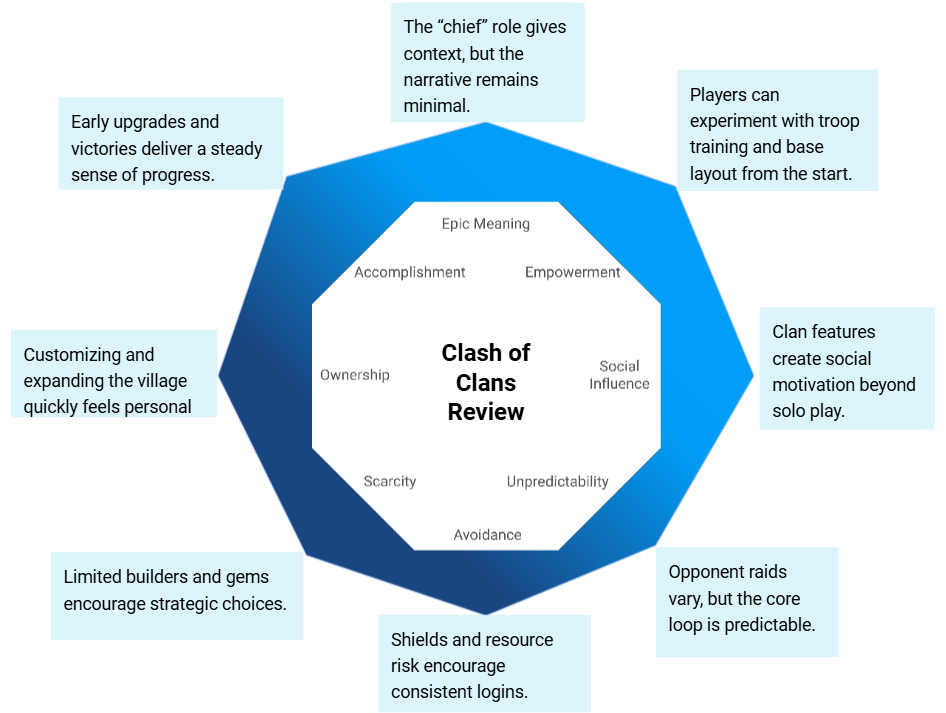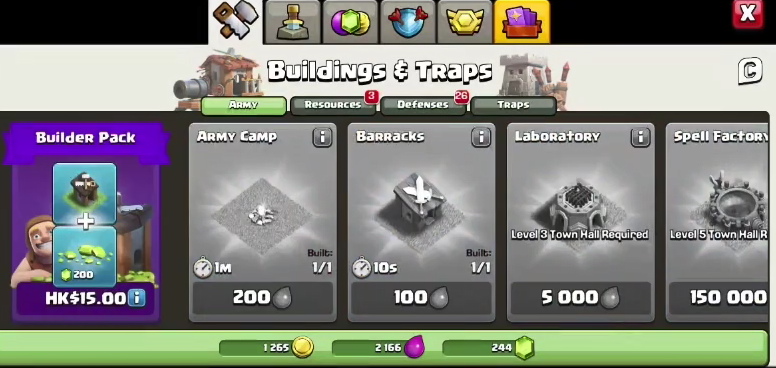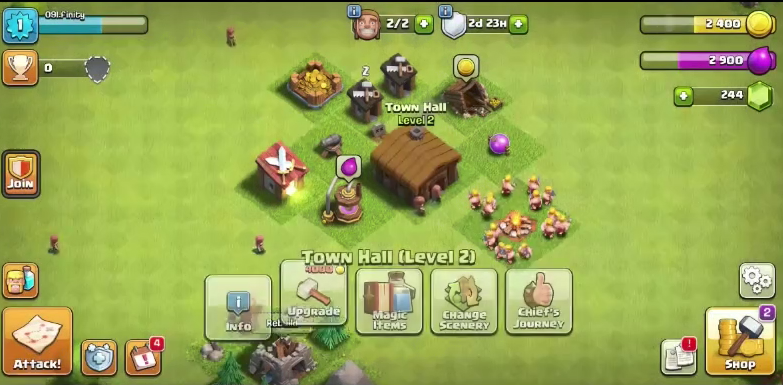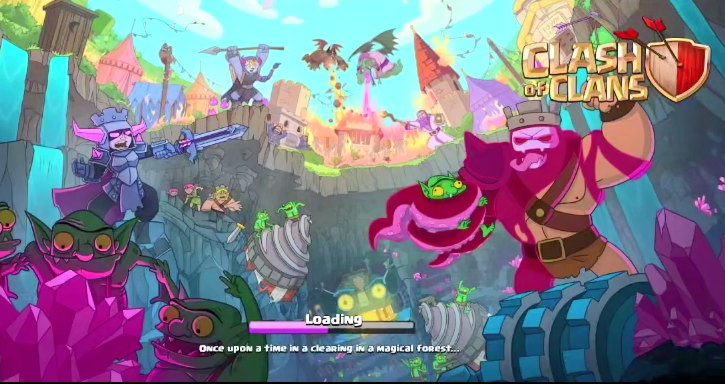Clash of Clans, developed by Supercell and launched in 2012, continues to dominate mobile strategy charts over a decade later. Jumping into the game today, the opening experience still feels engaging and surprisingly well-structured. Here’s a breakdown of how the early stages hold up, analyzed through Yu-kai Chou’s Octalysis Framework.
Octalysis Rating Table
| Core Drive | Score (1-10) | Evaluation Description |
|---|---|---|
| Meaning | 6 | The “chief” role gives context, but the narrative remains minimal. |
| Accomplishment | 8 | Early upgrades and victories deliver a steady sense of progress. |
| Empowerment | 7 | Players can experiment with troop training and base layout from the start. |
| Ownership | 7 | Customizing and expanding the village quickly feels personal. |
| Social Influence | 7 | Clan features create social motivation beyond solo play. |
| Scarcity | 6 | Limited builders and gems encourage strategic choices. |
| Unpredictability | 5 | Opponent raids vary, but the core loop is predictable. |
| Avoidance | 5 | Shields and resource risk encourage consistent logins. |
GScore: 333
Evaluation Notes:
- Scoring range: 1–10. Higher scores reflect stronger implementation of the core drive and greater player motivation.
- GScore(Gamification Score): Calculated using the Octalysis Framework tool.
Octalysis Radar Chart

Detailed Analysis
1. Meaning (6/10)
The premise is simple: you’re the chief of a village tasked with building, defending, and expanding. While story depth is minimal, the framing gives enough direction to keep objectives clear without overwhelming new players.
2. Accomplishment (8/10)
The early progression curve is well-paced. Each upgrade—whether unlocking new troops or improving defenses—offers a tangible impact. Small victories, like a successful raid or reaching a Town Hall milestone, keep motivation high.
3. Empowerment (7/10)
From the beginning, players make strategic choices about what to build, train, or upgrade. While the system is forgiving in early battles, the freedom to experiment with layouts and attack strategies adds a layer of agency that makes even the opening hours engaging.

4. Ownership (7/10)
The game succeeds in creating attachment to your base quickly. Decisions about wall placement or troop composition make the village feel uniquely yours, and progress builds a strong sense of investment.
5. Social Influence (7/10)
Clan integration is one of the standout features. Even in the first days, joining a clan provides access to troop donations, advice, and cooperative goals. The social layer elevates the experience beyond just building and raiding alone.
6. Scarcity (6/10)
The builder system introduces natural pacing: with only a couple available early on, choices matter. Gems provide a shortcut, but the design pushes players to prioritize, which can be both motivating and slightly restrictive.

7. Unpredictability (5/10)
Raiding other villages brings variety since no two bases are exactly alike, but the overall loop of train–attack–upgrade remains steady. Randomness is present but not a major driver.
8. Avoidance (5/10)
Losing resources to raids introduces mild pressure to log in frequently. The shield system balances this, but the mechanic clearly reinforces a “check-in often” rhythm.
Conclusion & Recommendation
Clash of Clans remains one of the most polished mobile strategy titles available. Its early game offers a smooth learning curve, rewarding progression, and strong social hooks that encourage long-term play. While timers and resource loss may test patience, the overall design delivers both accessibility and depth.
[Read More] https://us.09gamereview.com/blog/
[YouTube] https://www.youtube.com/@09GameReview


Leave a Reply